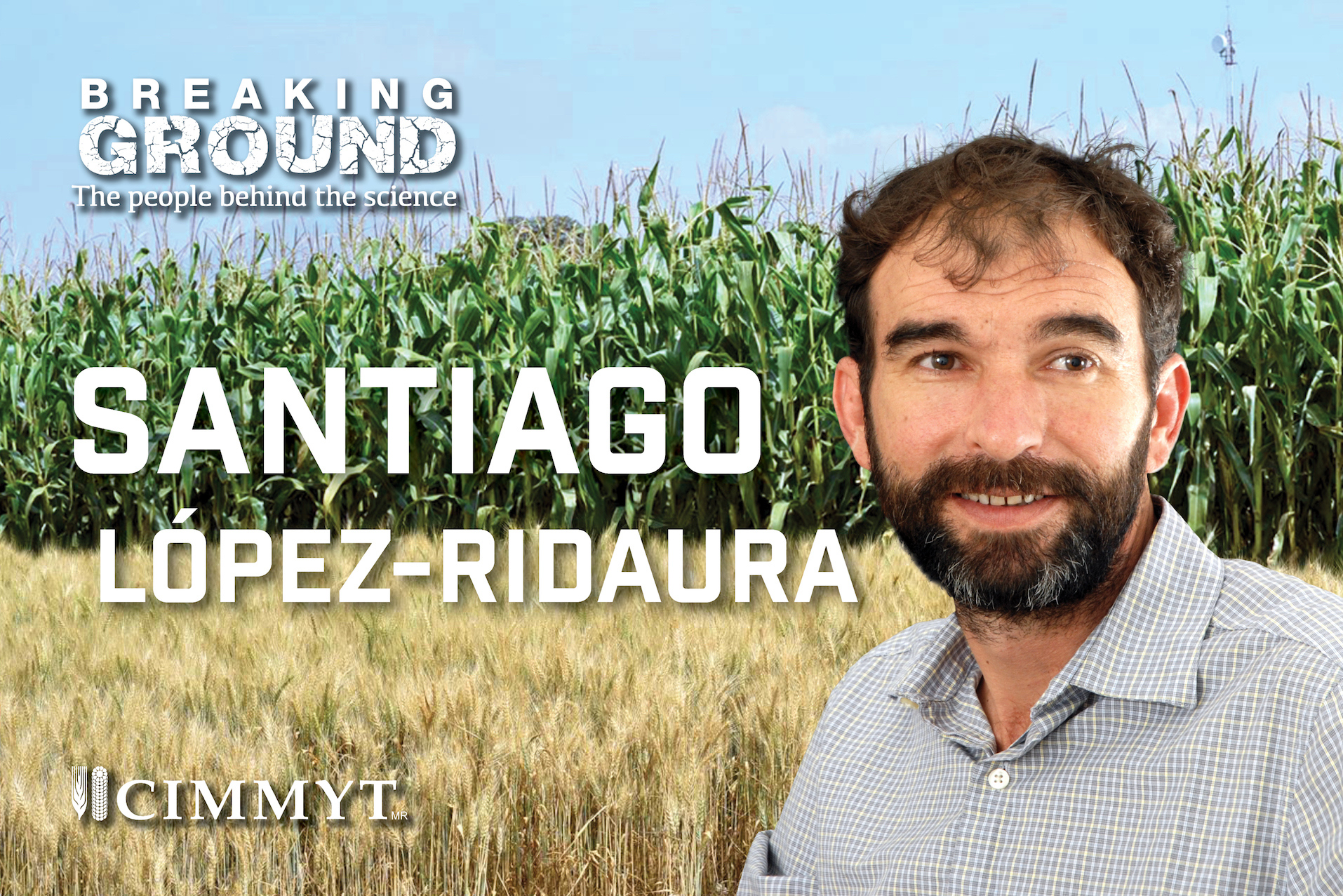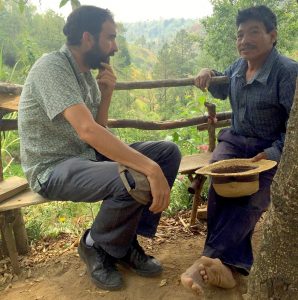
Farmers frequently encounter trade-offs between maximizing short-term profits and ensuring sustainable, long-term production. Santiago López-Ridaura, a senior scientist at the International Maize and Wheat Improvement Center (CIMMYT), says these trade-offs are even more complicated for small-scale farmers who grow a mix of crops and raise livestock. With computer models to play out different scenarios, he and his team are helping them find optimal solutions.
“If you have $100, one hectare of maize, a half hectare of beans and three cows, you have limited resources,” indicates López-Ridaura. “You have to decide how you allocate those resources.”
Should the farmer use the money to buy new equipment or vaccinate the cows? What would happen if the farmer replaced the half-acre of beans with maize? These trade-offs, López-Ridaura explains, are one aspect of a farming system’s complexity.
“The other is that these farmers are trying to satisfy multiple objectives,” he adds. “They want to generate income. They want to produce enough food to feed their family and they may be trying to maintain cultural values.”
For example, a hybrid maize variety may produce higher yields under certain growing conditions, but the farmer could decide to continue growing the native variety because it carries cultural or even religious importance. Seasonal migration for off-farm jobs, climate change and access to markets are just some of the other factors that further complicate the decision-making process. López-Ridaura points out many models in the past have failed to capture these complexities because they have focused on one objective: productivity at the plot level.
“Our models show the bigger picture. They take a lot of time to develop, but they’re worth it,” says López-Ridaura.
Custom solutions to farming challenges
The models start with hundreds of in-depth household surveys from a specific region. López-Ridaura and his team then organize the large pool of data into several categories of farming systems.
“We make a model that says, ‘OK, this farm in Oaxaca, Mexico, has five hectares, 20 sheep and five people,” he explains. “We know how much the animals need to eat, how much the people need to eat, how much the farm produces and how much production costs.”
He and his team can then adjust certain factors in the model to explore different outcomes. For example, they can see how much water the farmer could use for irrigation to maximize his/her yields without depleting the local water supply during a drought. They can see which farmers would be the most vulnerable to a commodity crop price drop or who would benefit from a new policy.

“The political guys often want a simple solution so they may say, ‘We should subsidize inputs such as seeds and fertilizers.’ In Mexico, for example, you might miss 60-70% of farmers as they don’t use much of these inputs,” López-Ridaura says. “So that’s great for 30% of the population, but why don’t we think about the other 70%? We must be able to suggest alternatives from a basket of options, considering the diversity of farming systems.”
López-Ridaura emphasizes that the models on their own do not provide solutions. He and his research team work with farmers to learn what they identify as their main challenges and how best to support them.
“We have networks of farmers in Guatemala and Oaxaca, and some may say, ‘Well, our main challenge is being self-sufficient with forage crops,’ and we’ll say, ‘OK, why don’t we try a crop rotation with forage crops? Our model suggests that it might be an appropriate option.’”
He and his team can then help the farmers access the right kind of seed and find out how best to grow it. This relationship is not a one-way street. The farmers also provide feedback on what is or is not working on the ground, which helps the researchers improve the accuracy of their models. This approach helps the researchers, farmers and policymakers understand different pathways forward and develop locally adapted, sustainable solutions.
Santiago López-Ridaura and his team work in Africa, Latin America and South Asia. Their funding often comes from development agencies such as IFAD and USAID.

